Group members:
Mengdie Lu, Anshu Agarwal, Yuying Wang (Abbey), Keyi Cao, Kye Li Chia, Cristele Saric, Jennoir Simpson, Manfredi Marullo, Xiaole Zang (Zoey), Changlin Hou (Charlie), Carlotta Montanari, Anushka Motiani
Brief:
Design a set of pluriversal household objects
Date:
3rd February - 10th March 2023
As part of the AEIOU group, we conducted the research method in the woods and in our homes. The chimney piqued our interest as we found that chimneys in many UK homes are no longer in use and have been sealed off to improve energy efficiency and reduce carbon emissions. Besides that, we came across man-made birdhouses in the forest, prompting us to wonder about their significance. What is the rationale behind providing artificial dwellings for birds in their natural habitat?
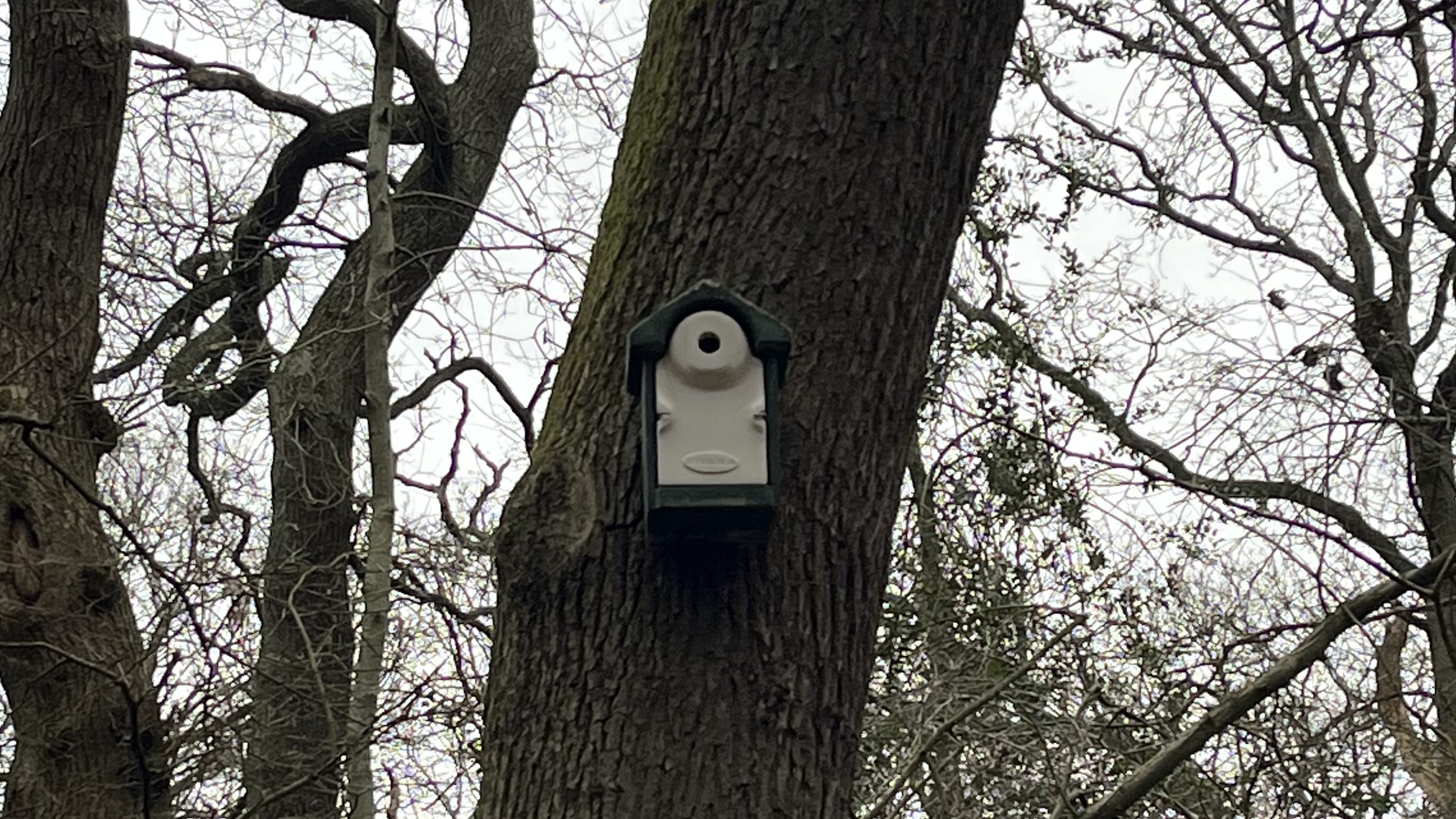
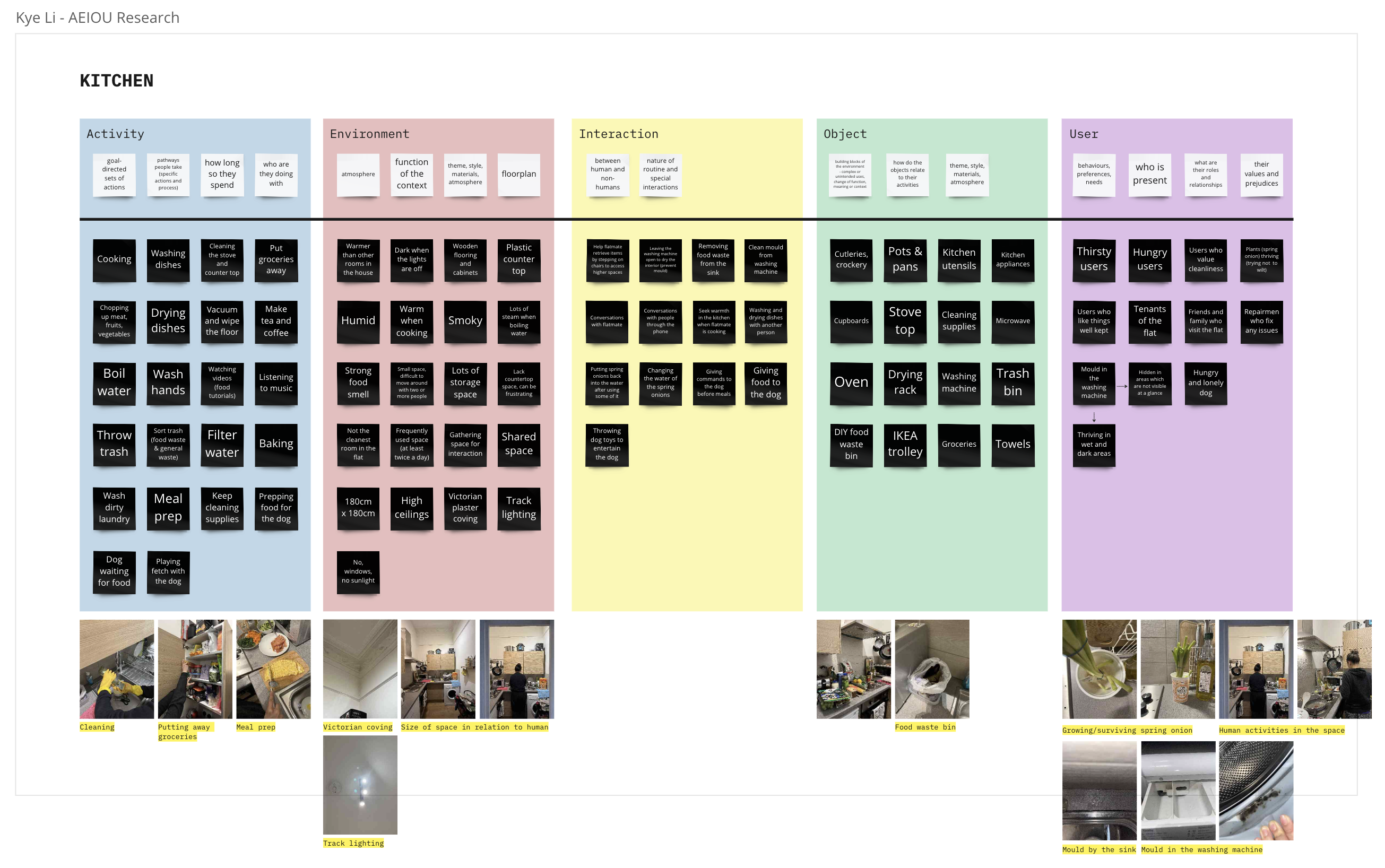



Another group carried out artefact analysis and interaction relabelling on the sink, radiator, shower and toilet. They found out that showers have a history of community building through shared large communal shower rooms used by elites and common citizens. Furthermore, they discovered that toilet bowls can be repurposed for hydroponics or as a fish tank.



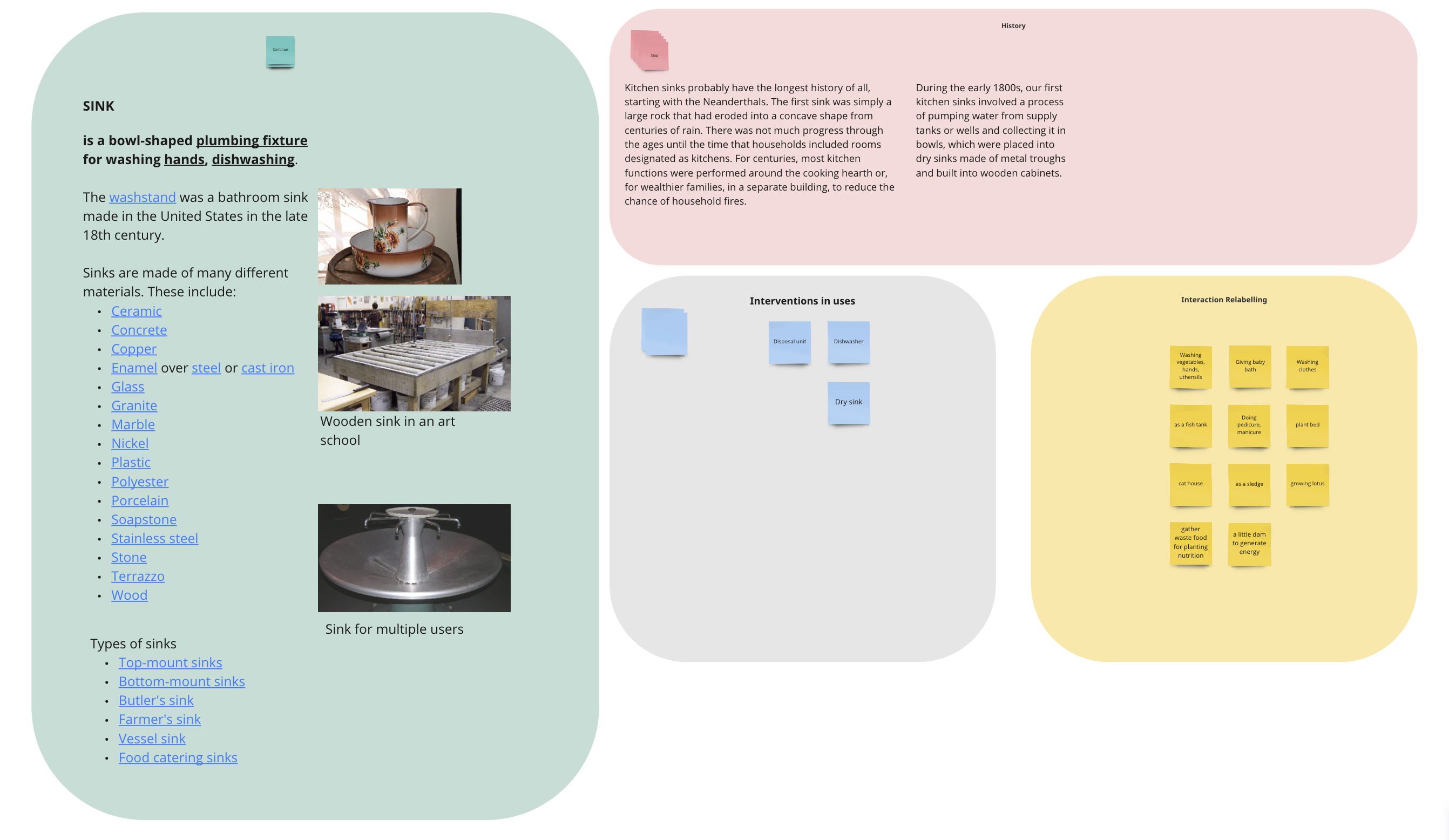
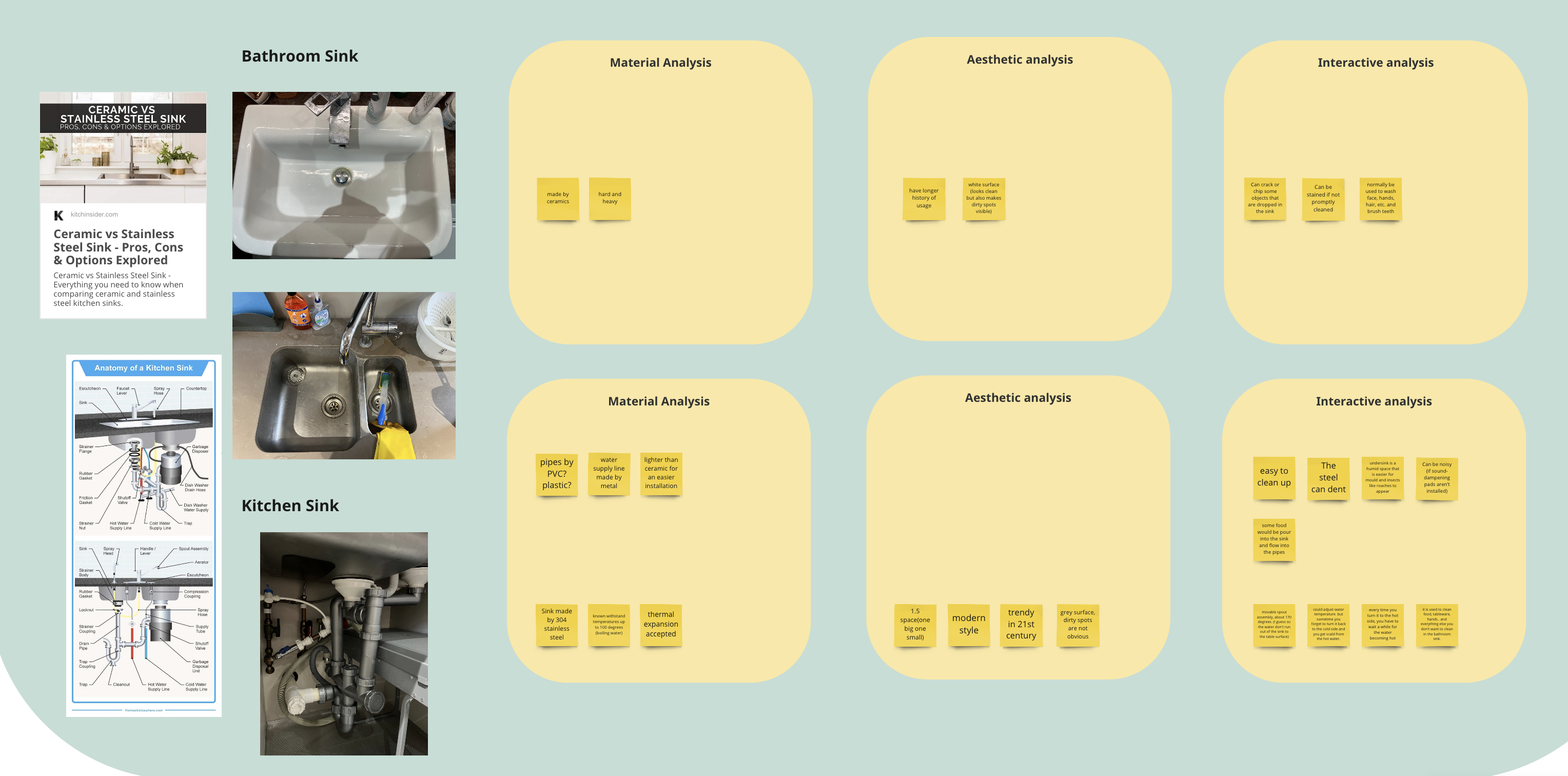
Through directed storytelling, it was discovered that people are willing to coexist with non-human entities as long as they have enough living space. Other than that, people tend to take showers under 20 minutes and typically do not shut off the water during the process.


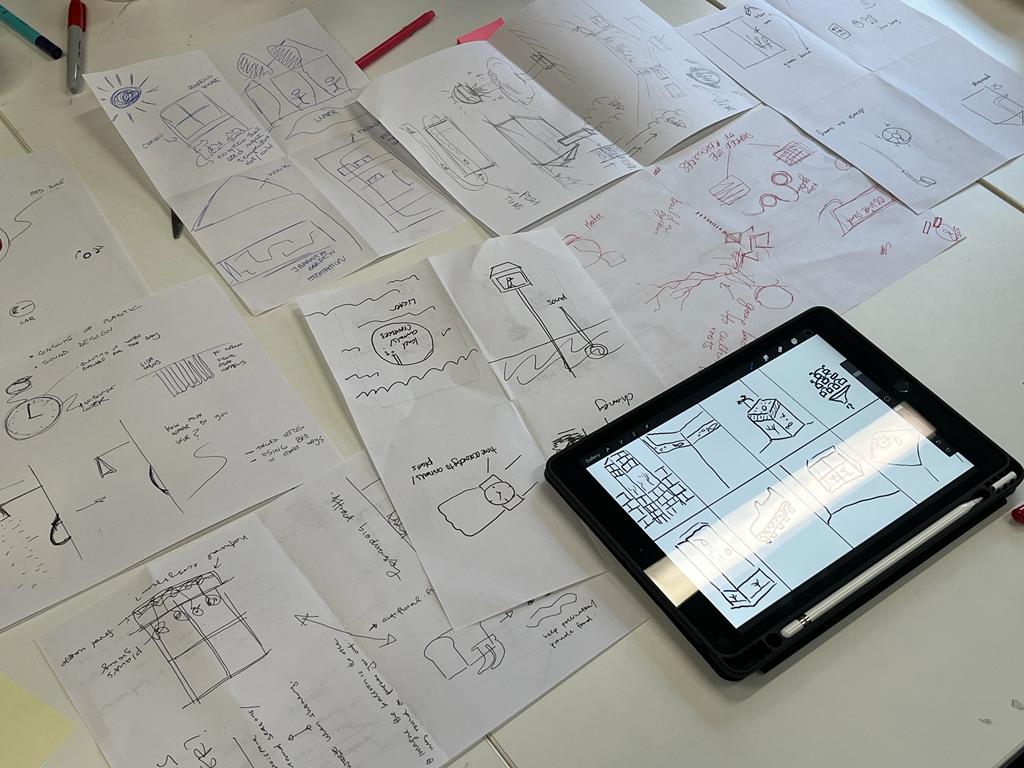
As part of the data visualisation team, we aim to promote awareness of electricity consumption with our main question being: “How we can encourage a more conscious and sustainable mindset towards energy consumption?” We were inspired by the research on the typical electricity consumption pattern for a standard UK household and the variation in electricity pricing at different times of the day.
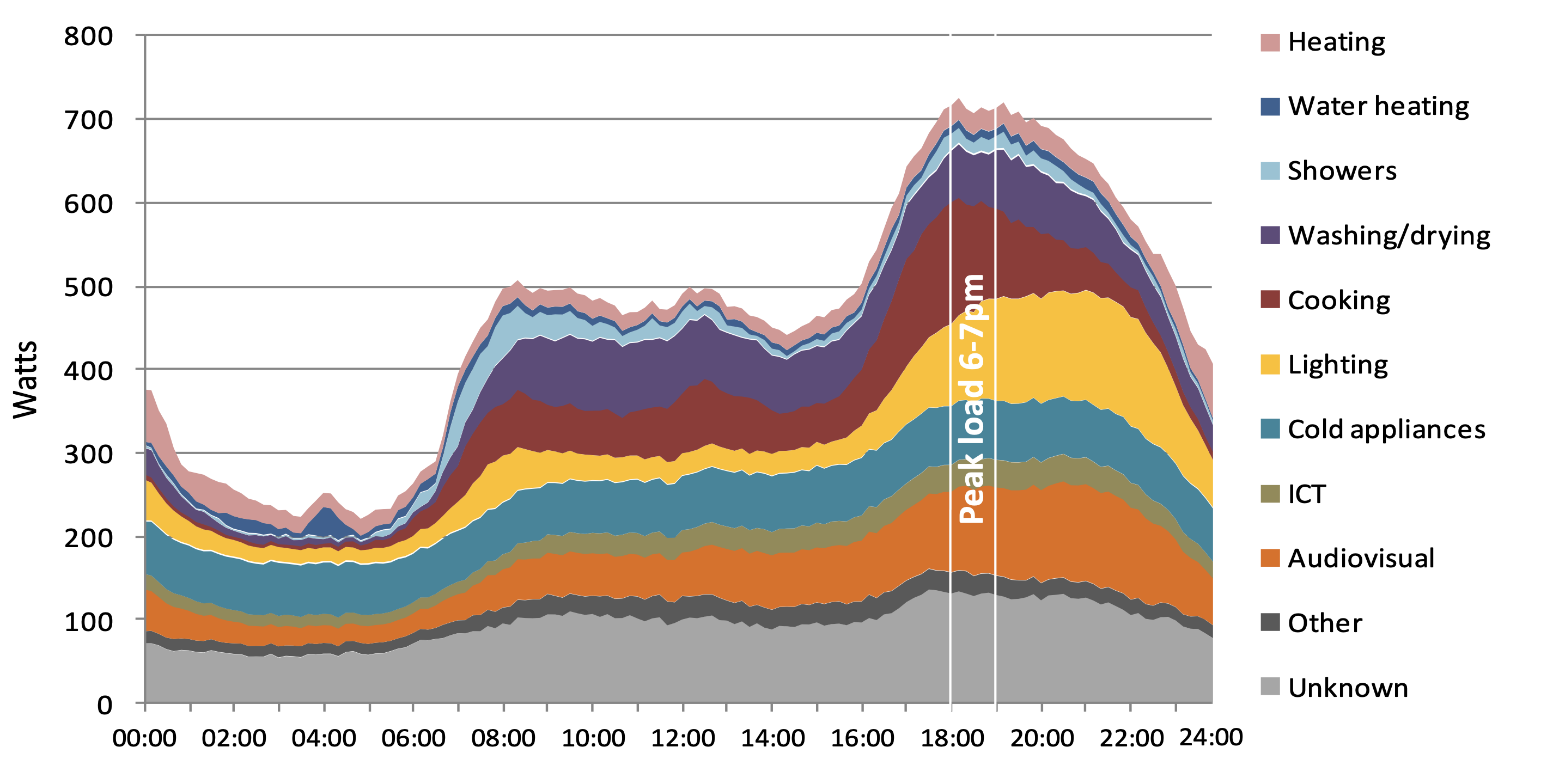

We also found that the timing of energy consumption has an impact on the environment and the efficiency of the electricity grid. During high demand, burning fossil fuels for energy can result in higher greenhouse gas emissions and air pollution. Alternatively, using renewable energy during low demand can have lower environmental impacts.
We designed a clock that helps users manage their daily power consumption which intends to bring attention to the negative consequences of electricity usage during peak periods, motivating users to operate appliances and perform certain tasks during the more affordable timeframes whenever possible.
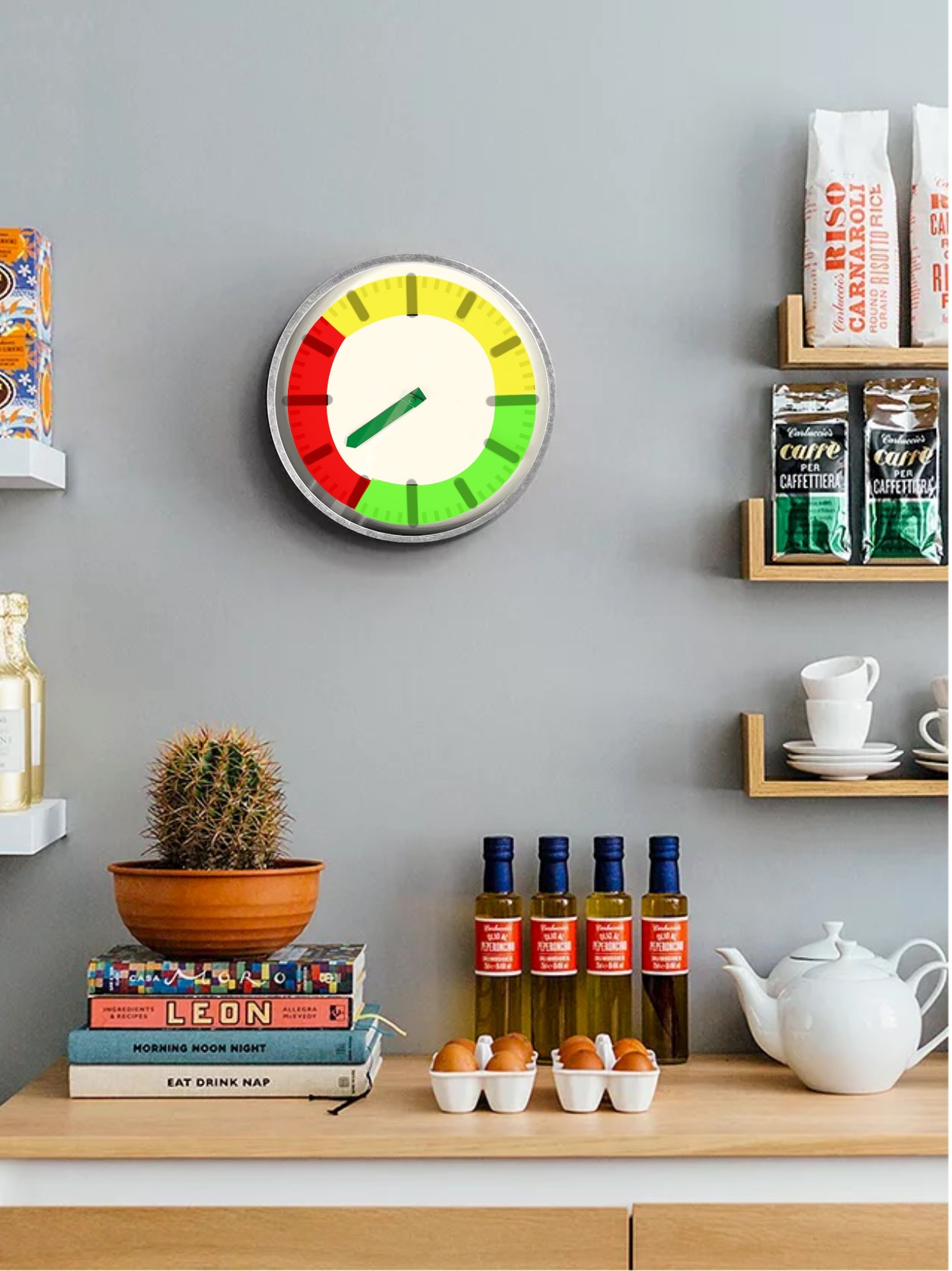
During the week, we also visited the Takram office where they presented their projects on the pluriverse and the environmental crisis. They provided incredibly helpful comments and resources to improve our design.
Feedback:
- Maybe there’s more than just the constraints of time, not everyone is looking at clocks
- Who your real target audience is?
- Missing the environment in it and we are looking at the environment in the perspective of a human
- Reconfigure time money energy in interesting ways
- How the environment starts inflicting on people — environment controls the humans
- How can we engage with the pluriverse?
Reflection:
From our understanding, humans are part of the pluriverse and household items are designed for humans. This made the act of designing pluriversal household items challenging for us. Upon considering the tutors' perspective, we recognise that our initial idea lacked creativity and that we should seize the opportunity to design something unique that goes beyond everyday items.
-
Zarch (2023) Daily Graph Colours, Energy Stats UK. Available at: https://energy-stats.uk/daily-graph-colours/ (Accessed: February 13, 2023).
-
Palmer, J. et al. (2014) Energy use at home: models, labels and unusual appliances. rep. Cambridge Architectural Research Limited, p. 2.